Xiaoyong Li
Generalize Your Face Forgery Detectors: An Insertable Adaptation Module Is All You Need
Dec 30, 2024Abstract:A plethora of face forgery detectors exist to tackle facial deepfake risks. However, their practical application is hindered by the challenge of generalizing to forgeries unseen during the training stage. To this end, we introduce an insertable adaptation module that can adapt a trained off-the-shelf detector using only online unlabeled test data, without requiring modifications to the architecture or training process. Specifically, we first present a learnable class prototype-based classifier that generates predictions from the revised features and prototypes, enabling effective handling of various forgery clues and domain gaps during online testing. Additionally, we propose a nearest feature calibrator to further improve prediction accuracy and reduce the impact of noisy pseudo-labels during self-training. Experiments across multiple datasets show that our module achieves superior generalization compared to state-of-the-art methods. Moreover, it functions as a plug-and-play component that can be combined with various detectors to enhance the overall performance.
RCDM: Enabling Robustness for Conditional Diffusion Model
Aug 05, 2024
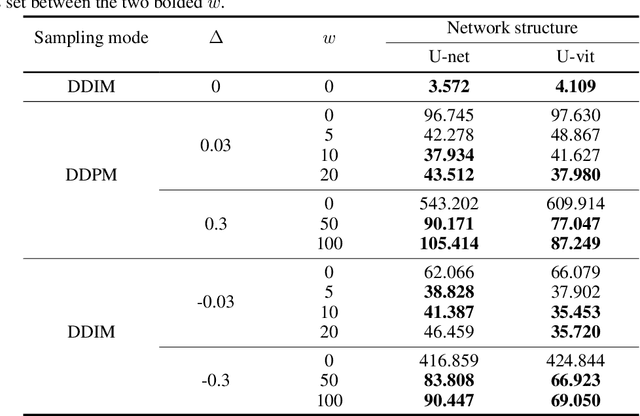
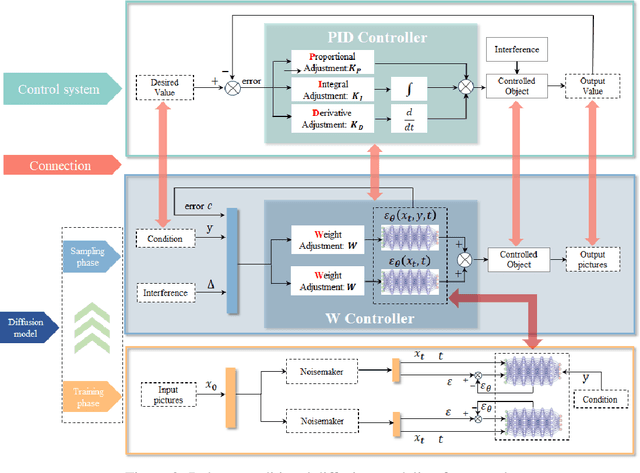
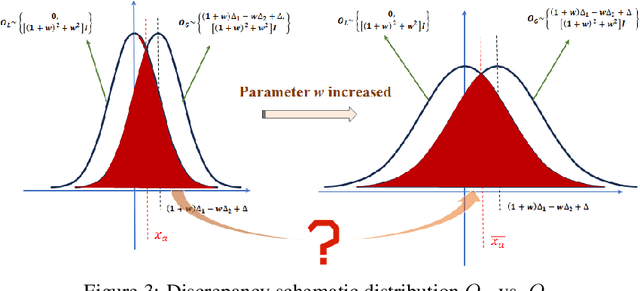
Abstract:The conditional diffusion model (CDM) enhances the standard diffusion model by providing more control, improving the quality and relevance of the outputs, and making the model adaptable to a wider range of complex tasks. However, inaccurate conditional inputs in the inverse process of CDM can easily lead to generating fixed errors in the neural network, which diminishes the adaptability of a well-trained model. The existing methods like data augmentation, adversarial training, robust optimization can improve the robustness, while they often face challenges such as high computational complexity, limited applicability to unknown perturbations, and increased training difficulty. In this paper, we propose a lightweight solution, the Robust Conditional Diffusion Model (RCDM), based on control theory to dynamically reduce the impact of noise and significantly enhance the model's robustness. RCDM leverages the collaborative interaction between two neural networks, along with optimal control strategies derived from control theory, to optimize the weights of two networks during the sampling process. Unlike conventional techniques, RCDM establishes a mathematical relationship between fixed errors and the weights of the two neural networks without incurring additional computational overhead. Extensive experiments were conducted on MNIST and CIFAR-10 datasets, and the results demonstrate the effectiveness and adaptability of our proposed model.
A Local Similarity-Preserving Framework for Nonlinear Dimensionality Reduction with Neural Networks
Mar 10, 2021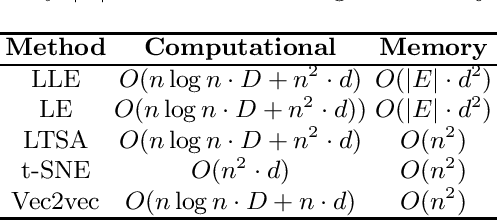
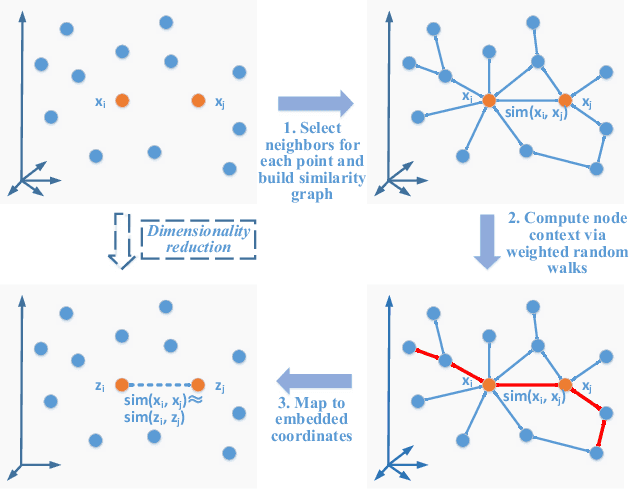
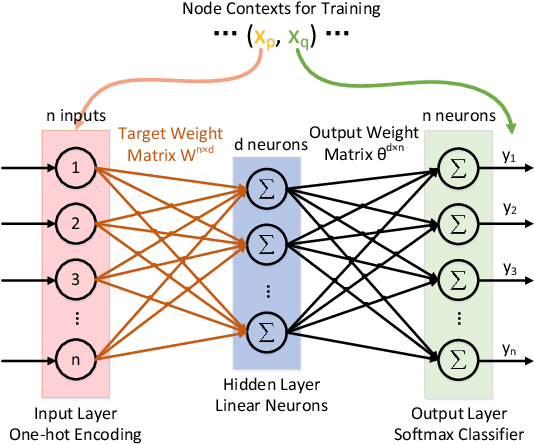
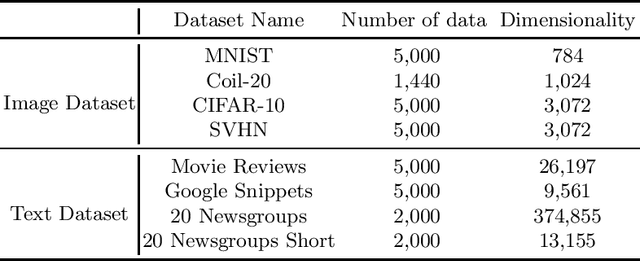
Abstract:Real-world data usually have high dimensionality and it is important to mitigate the curse of dimensionality. High-dimensional data are usually in a coherent structure and make the data in relatively small true degrees of freedom. There are global and local dimensionality reduction methods to alleviate the problem. Most of existing methods for local dimensionality reduction obtain an embedding with the eigenvalue or singular value decomposition, where the computational complexities are very high for a large amount of data. Here we propose a novel local nonlinear approach named Vec2vec for general purpose dimensionality reduction, which generalizes recent advancements in embedding representation learning of words to dimensionality reduction of matrices. It obtains the nonlinear embedding using a neural network with only one hidden layer to reduce the computational complexity. To train the neural network, we build the neighborhood similarity graph of a matrix and define the context of data points by exploiting the random walk properties. Experiments demenstrate that Vec2vec is more efficient than several state-of-the-art local dimensionality reduction methods in a large number of high-dimensional data. Extensive experiments of data classification and clustering on eight real datasets show that Vec2vec is better than several classical dimensionality reduction methods in the statistical hypothesis test, and it is competitive with recently developed state-of-the-art UMAP.
 Add to Chrome
Add to Chrome Add to Firefox
Add to Firefox Add to Edge
Add to Edge